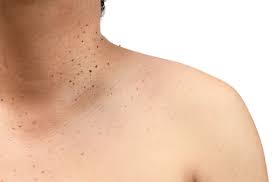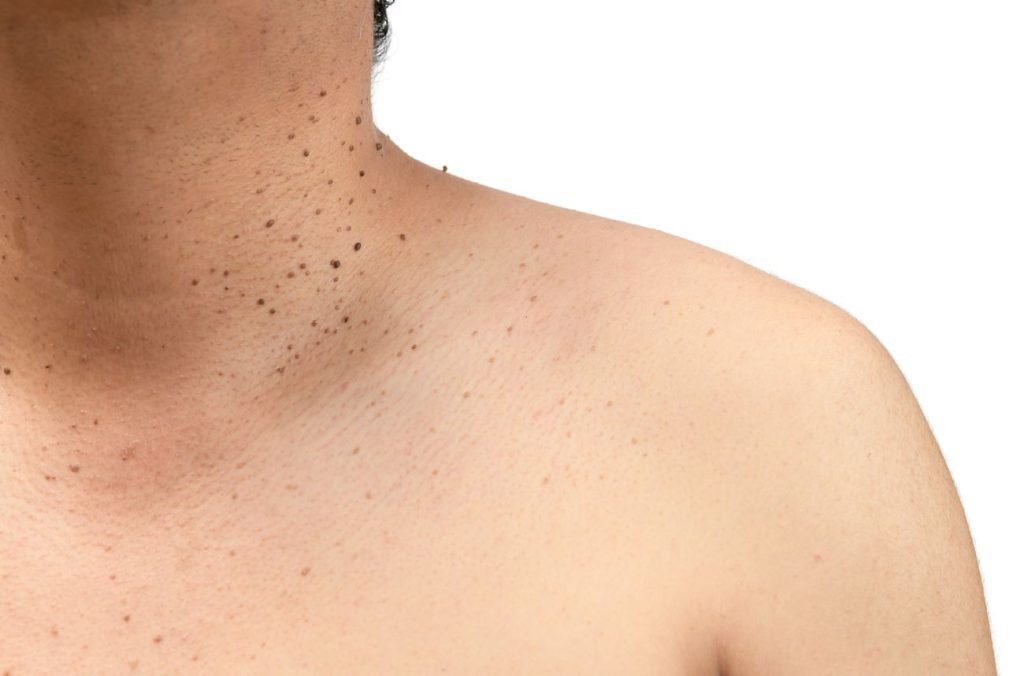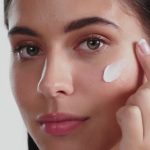Seborrheic Keratosis and Actinic Keratosis
Seborrheic keratosis and actinic keratosis are two common skin conditions, but they differ significantly in appearance, causes, and potential health risks. Understanding these distinctions is essential for ensuring proper skin care and pursuing appropriate treatment.
Seborrheic Keratosis

Seborrheic keratosis is a benign skin growth that often appears in middle-aged or older adults. These growths are typically round or oval, with a waxy or “stuck-on” appearance. They can range in color from light tan to dark brown or black and often develop on the chest, back, scalp, or face.
Seborrheic keratosis is caused by a combination of genetic factors and natural aging, and it is not linked to sun exposure. While seborrheic keratosis is harmless and non-cancerous, some individuals may choose to have them removed for cosmetic reasons or if they cause irritation.
Actinic Keratosis
Actinic keratosis, on the other hand, is a precancerous skin condition caused by prolonged exposure to ultraviolet (UV) radiation from the sun or tanning beds. These lesions typically manifest as rough, scaly patches that are pink, red, or brown. They are most commonly found on sun-exposed areas, such as the face, ears, hands, and scalp. Actinic keratosis is considered a warning sign for potential skin cancer, as untreated lesions may progress into squamous cell carcinoma, a type of skin cancer. Early detection and treatment are crucial to prevent further complications.
Key Differences
The primary difference between seborrheic keratosis and actinic keratosis lies in their causes and associated risks. Seborrheic keratosis is non-cancerous and influenced by genetics and aging, while actinic keratosis is linked to sun damage and carries the potential to become cancerous. Additionally, their appearances differ, with seborrheic keratosis resembling waxy, stuck-on growths and actinic keratosis presenting as rough, scaly patches.
When to See a Dermatologist
If you notice unusual growths or patches on your skin, it’s always a good idea to consult a dermatologist. While seborrheic keratosis does not require medical attention unless it becomes bothersome, actinic keratosis should be taken seriously due to its precancerous nature. A dermatologist can perform a thorough evaluation to determine the type of lesion and recommend the best course of action, such as cryotherapy, UVB Therapy, topical treatments, or surgical removal.
Understanding the differences between seborrheic keratosis and actinic keratosis empowers individuals to take charge of their skin health. By recognizing these conditions and seeking timely care, you can enjoy greater confidence and protection against potential skin complications.


